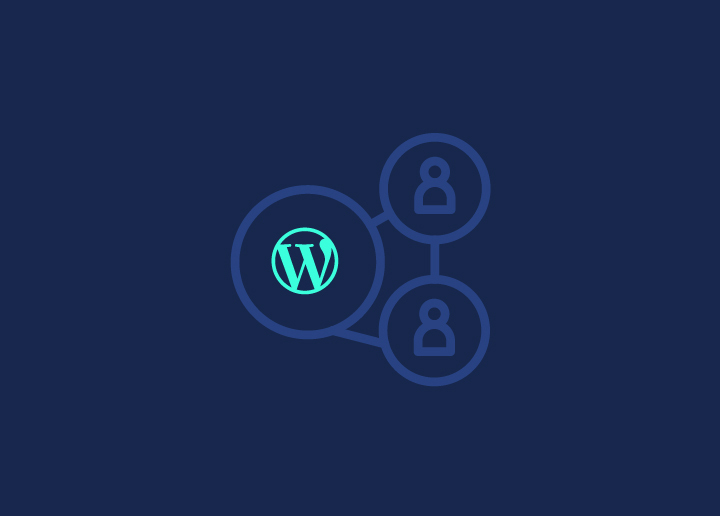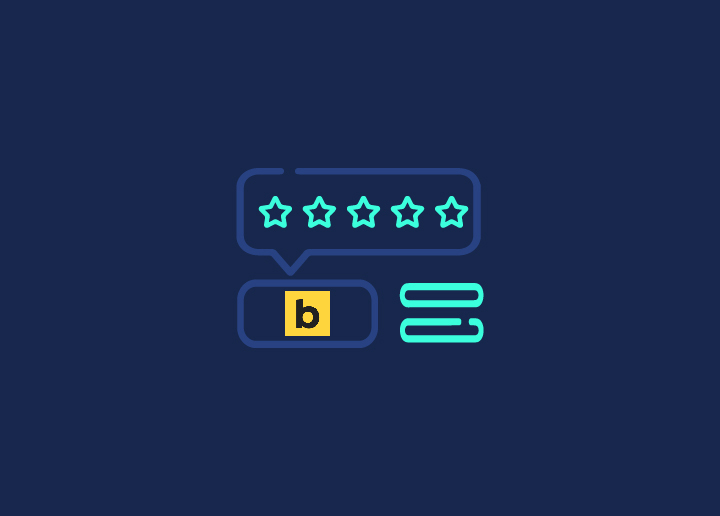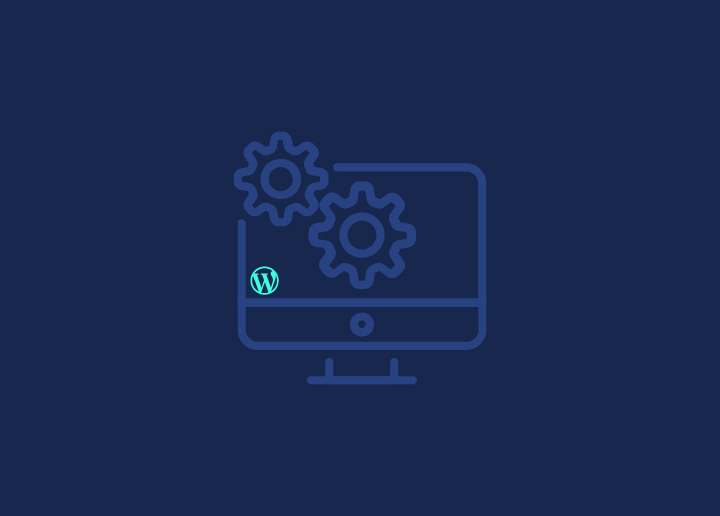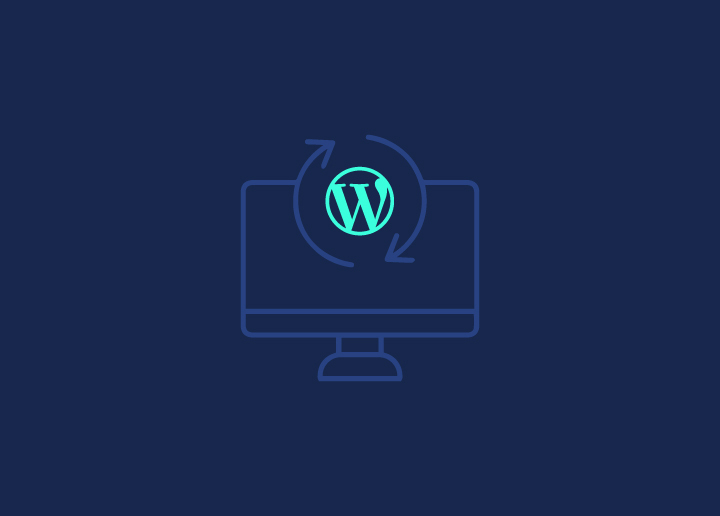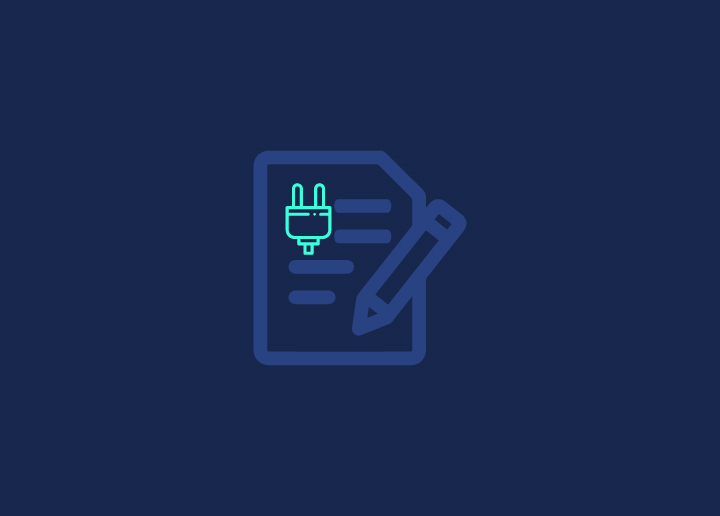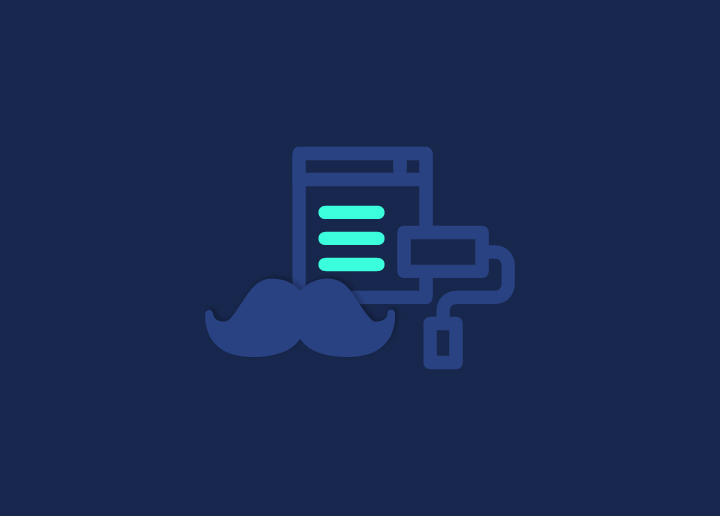WordPress provides a user role control system for your WordPress site. As your site grows, it’s critical to understand the user roles and permissions. A ‘user in WordPress has logged in to your website. The word ‘user role’ refers to the various levels of access that individuals have had on your website.
Before we get into user roles, let’s define the term “user.” A WordPress user has created an account on your site and can log in using a login and password. A visitor to your website does not need to be a regular user.
You’re a registered user since you own a WordPress site. According to their own usernames and passwords, other people can be added as members. They include creating a guest post for your website, helping with WordPress issues, and having access to fantastic stuff.
Giving users complete access to your website might be dangerous. You should learn to maintain a proper WordPress Web page safe as an original developer. Fortunately, WordPress includes a user role system for controlling what your users may access.
WordPress assigns you an administrator’s job when you initially build a website. You, as the administrator, get to choose who has access to the entire site and how much they could and could not do.
WordPress includes six user roles, each with its range of access privileges and limitations:
- Multi-site and single-site management features are available to Super Admins.
- With a given WordPress installation, administrators have access to all administration capabilities.
- Authors can upload and control their own posts and posts made by others.
- Authors can only manage and publish their content.
- Contributors can write and edit posts, but they cannot publish them.
- Only subscribers have access to their own profiles.
The local user roles and permissions are listed below. You may adjust their permissions just like anything else in WordPress. Let’s go through how to accomplish this.
Make your own user role.
You can alter the privileges of every job or perhaps even establish a new one, even though WordPress has a standard number of user roles. Installing the PublishPress Capabilities extension is one of the most straightforward attempts to modify a user role for a WordPress site.
Knowing and understanding each access level before making any modifications is significant to maintaining the safety of your website. What if you wish to access your site’s restricted content to selected visitors? Create a membership site, for example, and only offer to pay members access to your courses, videos, and other premium content.
You should utilize a plugin designed specifically for that purpose in that scenario. Let’s explore a few viable choices.
Set content restrictions depending on user role
WordPress is no longer only a blogging platform. It may be used to build any type of website, including membership sites. Developing a membership site used to take a long time and involved a lot of effort.
You had to learn how to work with other people, create memberships, choose how to take payments, etc.
Conclusion
Understanding user roles will give you more control over your site, and you can play with these remarkable features to enhance the accessibility of your WordPress website. When discussing WordPress, one name that comes into consideration must be Seahawk. It provides excellent WordPress services. Top web hosts trust it in the market. You should also try it once to boost your WordPress game to the next level.








